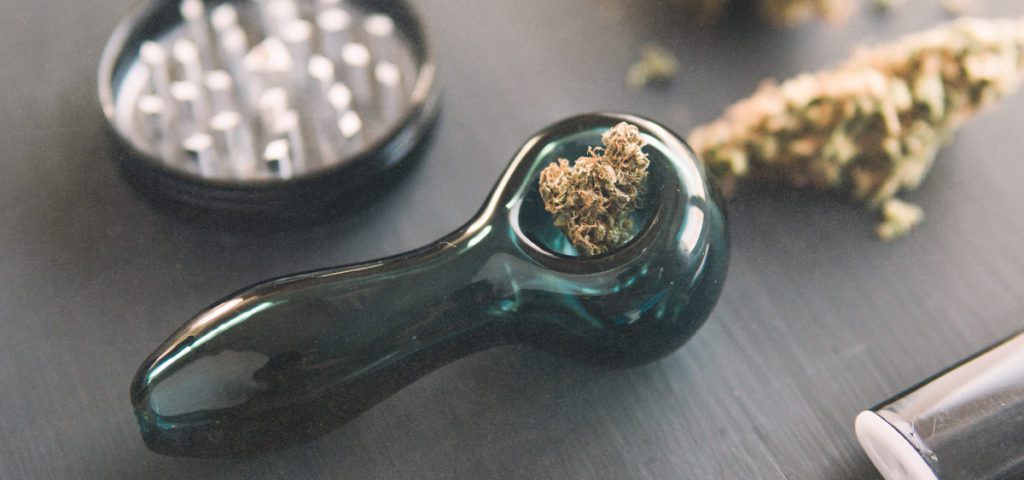The government-funded Monitoring the Future survey — which is an annual check-in with eighth, 10th, and 12th-graders around the U.S. — found adolescent cannabis use plummeted this year despite the proliferation of new state-legal cannabis markets.
Federal Study Finds Youth Cannabis Use Has Plummeted

Full story continued below.
Advertisement
U.S. adolescent cannabis use dropped significantly in 2021 despite ongoing legalization efforts, the opening of more than a dozen state-legal cannabis markets around the country, and a spike in mental health concerns related to the pandemic, according to data from the Monitoring the Future survey released on Wednesday.
The data shows a 38 percent year-over-year decline in self-reported cannabis use among eighth and 10th-graders, and a 13 percent decline among 12th-graders.
The Monitoring the Future survey, which is funded by the U.S. National Institute on Drug Abuse (NIDA), also found that the plummeting rate of youth cannabis use coincided with a decrease in the underage use of other drugs, including drugs commonly sought by teenagers like alcohol and vaped nicotine.
“We have never seen such dramatic decreases in drug use among teens in just a one-year period. These data are unprecedented and highlight one unexpected potential consequence of the COVID-19 pandemic, which caused seismic shifts in the day-to-day lives of adolescents. Moving forward, it will be crucial to identify the pivotal elements of this past year that contributed to decreased drug use – whether related to drug availability, family involvement, differences in peer pressure, or other factors – and harness them to inform future prevention efforts.” — Nora Volkow, NIDA director, in a press release
The Monitoring the Future survey is an annual check-in with eighth, 10th, and 12th graders around the U.S. that asks students to self-report their substance use behaviors and similar information, including their perception of drug-related harms, approval or disapproval of their use, and perceived availability. The data from each survey is released at the end of the year during which it was collected.
“These latest findings add to the growing body of scientific literature showing that marijuana regulation policies can be implemented in a manner that provides access for adults while simultaneously limiting youth access and misuse,” said Paul Armentano, the deputy director for cannabis advocacy group NORML.
U.S. students across all age groups also reported “moderate increases” in experiencing “boredom, anxiety, depression, loneliness, worry, difficulty sleeping, and other negative mental health indicators” since the COVID-19 pandemic’s outset.
Get daily news insights in your inbox. Subscribe
End